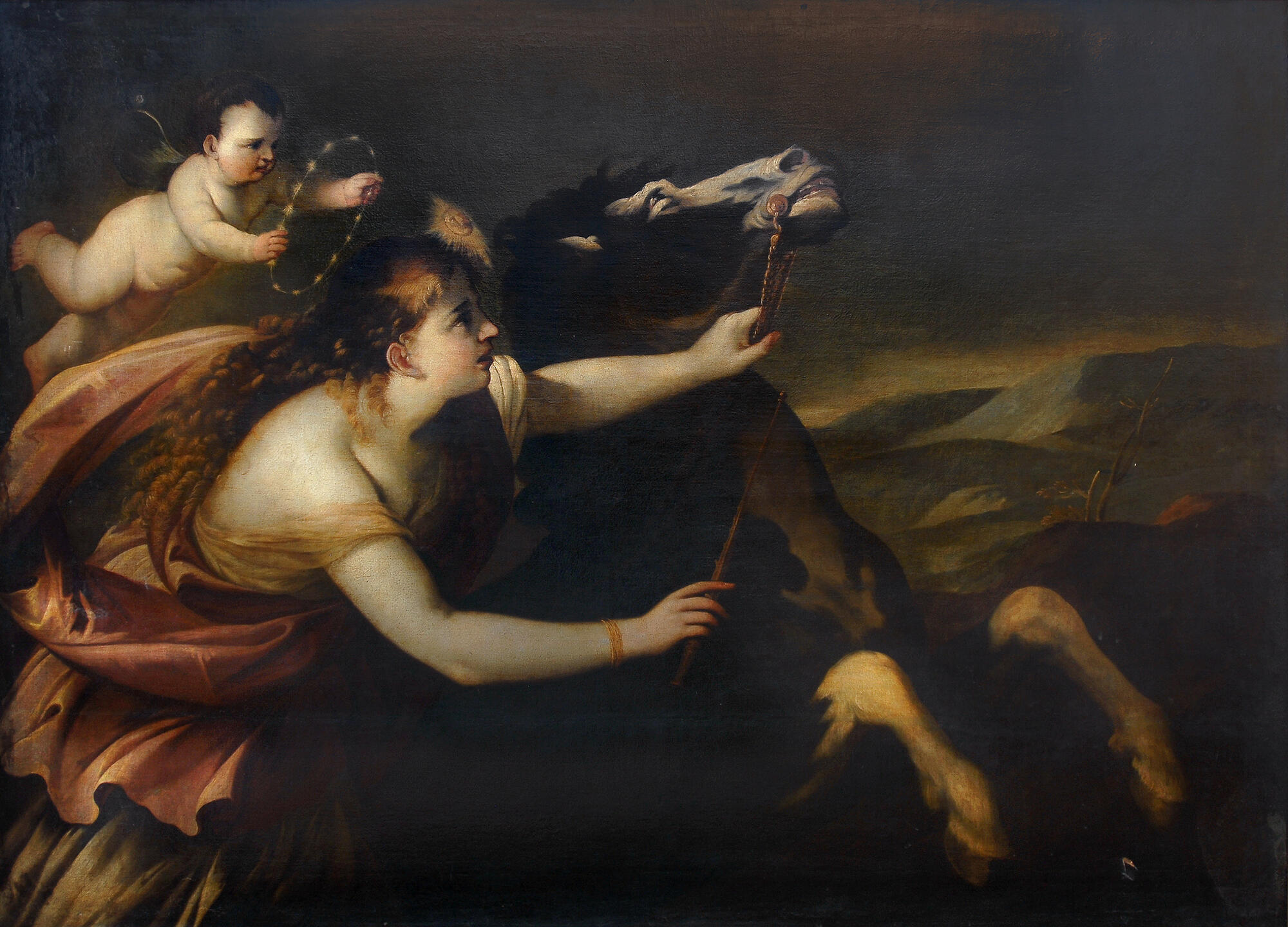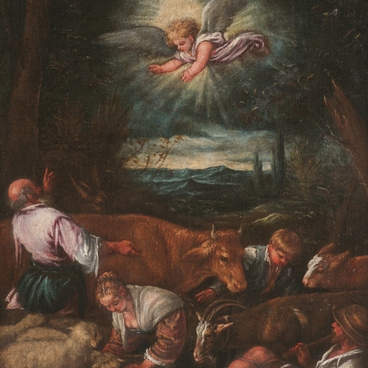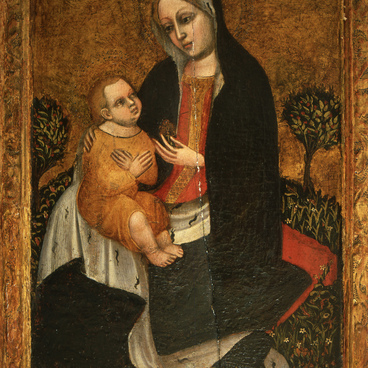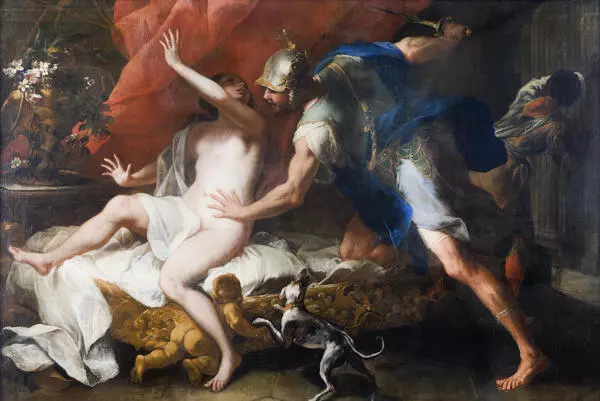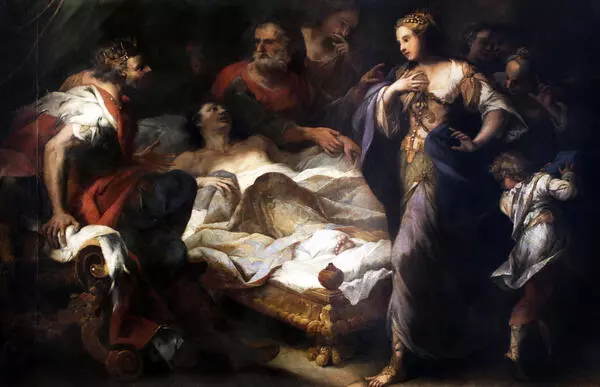“Aurora” by the 17th-century Italian painter Luca Giordano is an example of a museum error — the loss of attribution during relocation from one fund to another. The work came to Vladivostok in 1930 from the collection of the Museum of Fine Arts (now known as the Pushkin State Museum of Fine Arts) with an exact attribution. However, as it was being transferred from the collection of the Primorye Arsenyev Museum of Local Lore to the collection of the Primorye State Art Gallery, an error was made in the records — and “Aurora” was subsequently displayed as a copy from the work of Giordano made by an unknown artist of the 19th century. As such, the painting was exhibited for years, until the gallery staff, who were engaged in cataloging the collection of Western European paintings, raised archival records and found a discrepancy. In 2017, the canvas was presented to the audience in its original status — as a work of Italian Baroque.
Luca Giordano, nicknamed Fa Presto (“Luca, Work Quickly”), was a famous master of the Neapolitan school. At first, he studied with the Spanish artist Jose de Ribera, nicknamed Spagnoletto, a follower of Caravaggio. Then he went to Rome, where he studied under the guidance of the painter and architect Pietro da Cortona. Luca’s father, Antonio, was also an artist and engaged in the forgery of paintings. Some researchers note that this had a great impact on Giordano’s work. Perfectly copying the works of Raphael and Michelangelo, Luca Giordano was able to combine the best of their works in his own paintings in an original way. At the same time, Alexandre Benois, in his “History of Painting of All Times and Peoples” qualifies these assumptions as “fiction” and speaks of the artist in this way:
Luca Giordano, nicknamed Fa Presto (“Luca, Work Quickly”), was a famous master of the Neapolitan school. At first, he studied with the Spanish artist Jose de Ribera, nicknamed Spagnoletto, a follower of Caravaggio. Then he went to Rome, where he studied under the guidance of the painter and architect Pietro da Cortona. Luca’s father, Antonio, was also an artist and engaged in the forgery of paintings. Some researchers note that this had a great impact on Giordano’s work. Perfectly copying the works of Raphael and Michelangelo, Luca Giordano was able to combine the best of their works in his own paintings in an original way. At the same time, Alexandre Benois, in his “History of Painting of All Times and Peoples” qualifies these assumptions as “fiction” and speaks of the artist in this way:
